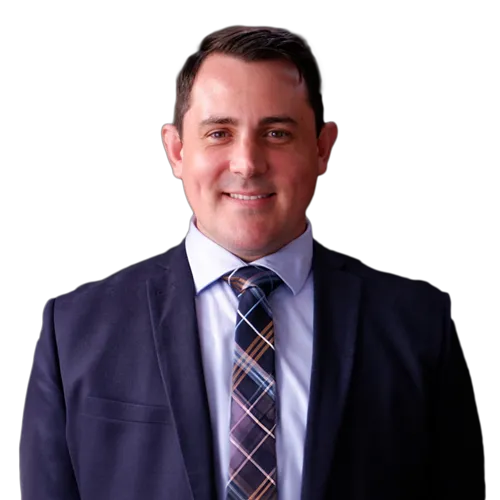Skin Cancer
Skin Cancer Overview
This page provides general information about the diagnosis and surgical management of skin cancer. Skin cancer is common in Australia and requires appropriate medical assessment and treatment. Treatment plans vary depending on the type, location and extent of the lesion. Individual assessment is required to determine the most suitable management approach.
General Indications for Skin Cancer
Skin cancers differ in how they behave and how they are treated. Common types include:
- Basal cell carcinoma (BCC)
A frequently occurring form of skin cancer that may present in different ways. - Squamous cell carcinoma (SCC)
A form of skin cancer that can grow more quickly and may require timely treatment. - Melanoma
A less common but more serious type of skin cancer. Early diagnosis and management are important.
If you have concerns about a skin lesion, it is important to seek medical assessment rather than relying on self-diagnosis.
Assessment typically includes:
- Clinical examination: The lesion is examined to assess location, size and features.
- Biopsy: A sample of tissue may be taken to determine the diagnosis. Your GP may have already performed this step before referral.
- Histological analysis: The biopsy or excised tissue is reviewed to confirm the diagnosis and assist with treatment planning.
Skin Cancer Operation
If surgical removal is recommended, timely and effective treatment is crucial. The process may include:
- Clinical Examination: Dr Griffin conducts a comprehensive examination of the affected area, assessing its size, depth, and location.
- Biopsy and Histology: A small tissue sample is taken from the suspicious lesion for examination under a microscope. This biopsy determines the type and extent of the cancer. (Your GP may perform this step prior to your referral)
- Surgical Removal: The cancer is removed along with an appropriate margin of surrounding tissue. The size of the margin varies depending on the type of cancer and clinical guidelines.
- Histological Examination: The removed tissue is sent for further analysis to confirm that all cancerous cells have been eliminated, providing peace of mind for our patients.
Reconstruction
Where required, reconstruction may involve:
- Direct closure
- Skin grafts
- Local or regional flaps
The selected method depends on the location, size and depth of the excision, as well as individual clinical considerations. Reconstruction aims to restore tissue integrity and function. The appearance of the area after healing varies between individuals.
Surgical Risks
Tap to expand
Please note that all surgical procedures carry risks, including the possibility of complications during and after surgery.
While high standards of medical care and safety are always our priority, individual results and recovery times may vary. Each patient’s experience is unique based on their medical history, condition, and other factors. We strongly encourage you to discuss any concerns and the specific risks related to your procedure with Dr Griffin during your consultation. This discussion will provide you with detailed information tailored to your personal health profile and help you make an informed decision.
The information provided here is for educational purposes only and should not be considered medical advice. Consult with a qualified healthcare professional for personalised diagnosis and treatment.
General Risks
- Infection: Any surgical procedure carries a risk of infection, which can occur at the site of excision or in surrounding tissue.
- Bleeding: While rare, excessive bleeding can occur during or after surgery, requiring intervention.
- Pain: Discomfort or pain may occur following the procedure, although this is typically managed with medication.
- Incomplete removal: There’s a possibility of not completely removing all cancerous cells, leading to recurrence.
Anesthetic Risks (apply to general anaesthetic predominantly)
- Allergic reactions: Some patients may have allergic reactions to anesthesia, although this is rare.
- Nausea and vomiting: Nausea and vomiting can occur as side effects of anesthesia.
- Respiratory issues: Anesthesia can temporarily affect breathing, particularly in patients with underlying respiratory conditions.
Direct Closure
- Noticeable scarring: Depending on the size and location of the wound, scarring may be more visible.
- Facial distortion: In some cases, direct closure can lead to changes in facial features, particularly if the lesion is in a prominent area.
Skin Grafting
- Colour mismatch: The grafted skin may not perfectly match the surrounding skin in colour, leading to a noticeable difference.
- Texture differences: The texture of the grafted skin may not match the surrounding skin, resulting in an uneven appearance.
- Graft failure: In some cases, the graft may not fully adhere to the wound, leading to partial or complete failure.
- Donor site scar (skin grafts require a separate site on the body and therefore a separate scar)
Skin Flap Reconstruction
- Blood flow complications: There’s a risk of blood flow issues to the flap, which can lead to tissue death and the need for additional surgery.
- Temporary numbness: The area where the flap is taken from may experience temporary numbness, which typically resolves over time.
- Longer recovery: Compared to other methods, skin flap reconstruction may require a longer recovery period due to the nature of the procedure.
Schedule your consultation today
If you’ve been diagnosed with skin cancer and are considering reconstruction a consultation is required. Dr Griffin will assess the lesion, review medical history, discuss treatment options and outline risks and recovery considerations.
